lighting in kitchen? fluorescent, halogen, or LED
roryvan
13 years ago
Related Stories
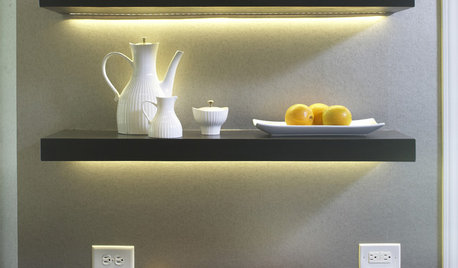
KITCHEN DESIGN12 Ways to Light Your Kitchen With LEDs
See how to use new energy-saving lights to illuminate your kitchen, light a countertop and add style, too
Full Story
LIGHTINGThe Lowdown on High-Efficiency LED Lighting
Learn about LED tapes, ropes, pucks and more to create a flexible and energy-efficient lighting design that looks great
Full Story
LIGHTINGWhat to Know About Switching to LED Lightbulbs
If you’ve been thinking about changing over to LEDs but aren't sure how to do it and which to buy, this story is for you
Full Story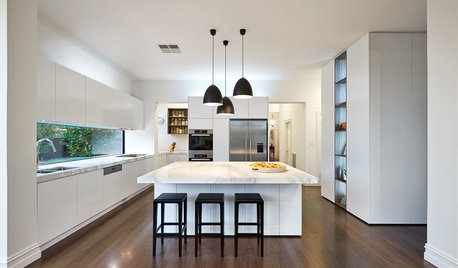
LIGHTING8 Creative Lighting Solutions for Food Prep
Get all the task illumination you need while distracting the eye from fluorescents, following the lead of the kitchens here
Full Story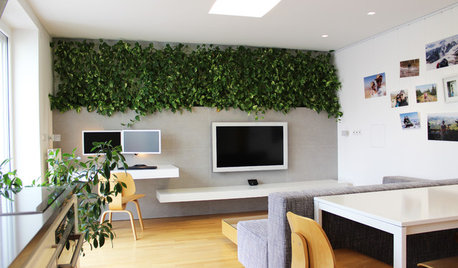
HOUZZ TOURSMy Houzz: LEDs and a Living Wall Color a Minimalist Slovakian Home
Thanks to a modern overhaul, this small Central European apartment is now a testament to efficiency and thoughtful design
Full Story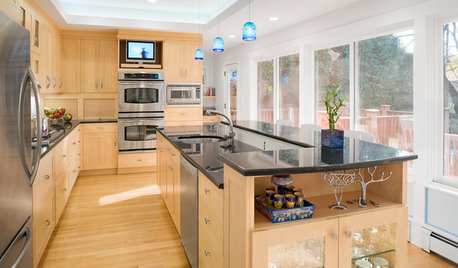
UNIVERSAL DESIGNHow to Light a Kitchen for Older Eyes and Better Beauty
Include the right kinds of light in your kitchen's universal design plan to make it more workable and visually pleasing for all
Full Story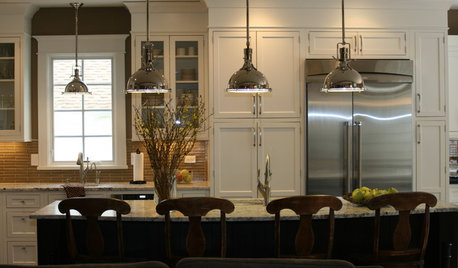
KITCHEN DESIGNKitchen Islands: Pendant Lights Done Right
How many, how big, and how high? Tips for choosing kitchen pendant lights
Full Story
FUN HOUZZ10 Things People Really Don’t Want in Their Homes
No love lost over fluorescent lights? No shocker there. But some of these other hated items may surprise you
Full Story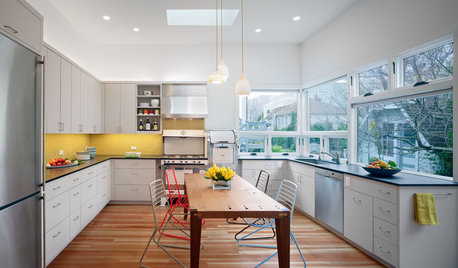
KITCHEN DESIGNThe Ecofriendly Kitchen: Light Your Kitchen Right
Harnessing the daylight is a terrific choice for earth-friendly kitchens, but it's not the only one
Full Story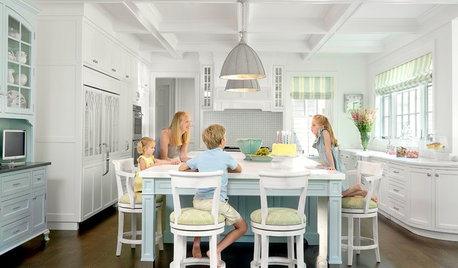
LIGHTINGSource List: 20 Pendants That Illuminate the Kitchen Island
See the ceiling lighting fixtures that are popular on Houzz and find out where to get them
Full StoryMore Discussions






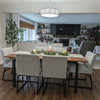
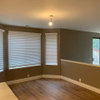


David
lightguy
Related Professionals
Newnan Furniture & Accessories · Walnut Creek Furniture & Accessories · Woodbury Furniture & Accessories · Champlin Furniture & Accessories · North Bellmore Furniture & Accessories · Baker Decks, Patios & Outdoor Enclosures · Bellingham Decks, Patios & Outdoor Enclosures · Cincinnati Decks, Patios & Outdoor Enclosures · Fresno Decks, Patios & Outdoor Enclosures · Knoxville Decks, Patios & Outdoor Enclosures · Lacey Decks, Patios & Outdoor Enclosures · Richmond Decks, Patios & Outdoor Enclosures · Roanoke Decks, Patios & Outdoor Enclosures · San Antonio Decks, Patios & Outdoor Enclosures · Urbana Decks, Patios & Outdoor EnclosuresSuzy
DavidR
lightguy
DavidR
rockli
DavidR
marcydc